Just two generations ago, Irish people shouted in warning before throwing water out the door, lest a fairy should be passing. The first glass of a freshly-brewed batch of poitín was always kept for the fairies – just to keep them onside. Ireland’s first President, Douglas Hyde who held office until 1945, believed in fairies as did the acclaimed Nobel laureates, W.B. Yeats and Samuel Beckett.
For a very long time, Irish people have been following a set of rules passed down by tradition which carry one sole aim - do not annoy the fairies. In fact, the author of this very article is already conscious of a breach - fairies should never be referred to as fairies; they are “the good people” or “the little people.”
While Irish people, for the most part, are no longer making homebrews of poitín or giving fairies warning of a splash, they are still today abiding by one big fairy superstition; they refuse to meddle with fairy property.
All over Ireland, farmers have left portions of their land, in the form of ring forts, untouched for centuries. These are believed to be the homes of the fairies and are overgrown with scrub and bush – and are a waste of productive land. But farmers would rather see this resource go to waste than risk incurring the wrath of the fairies, which can result in anything from death to crop failure.
This article was originally published in Ireland of the Welcomes magazine. Subscribe now!
But it’s not just agricultural practice that has been disrupted.
In 1999, the local council in County Clare worked their plans for a motorway around a fairy bush after coming under pressure from folklorist and storyteller, Eddie Lenihan, who feared additional fatalities on the road, incurred by fairies if the bush was tampered with. Mr. Lenihan said the bush was a meeting point for the Munster fairies to battle with their peers from Connacht.
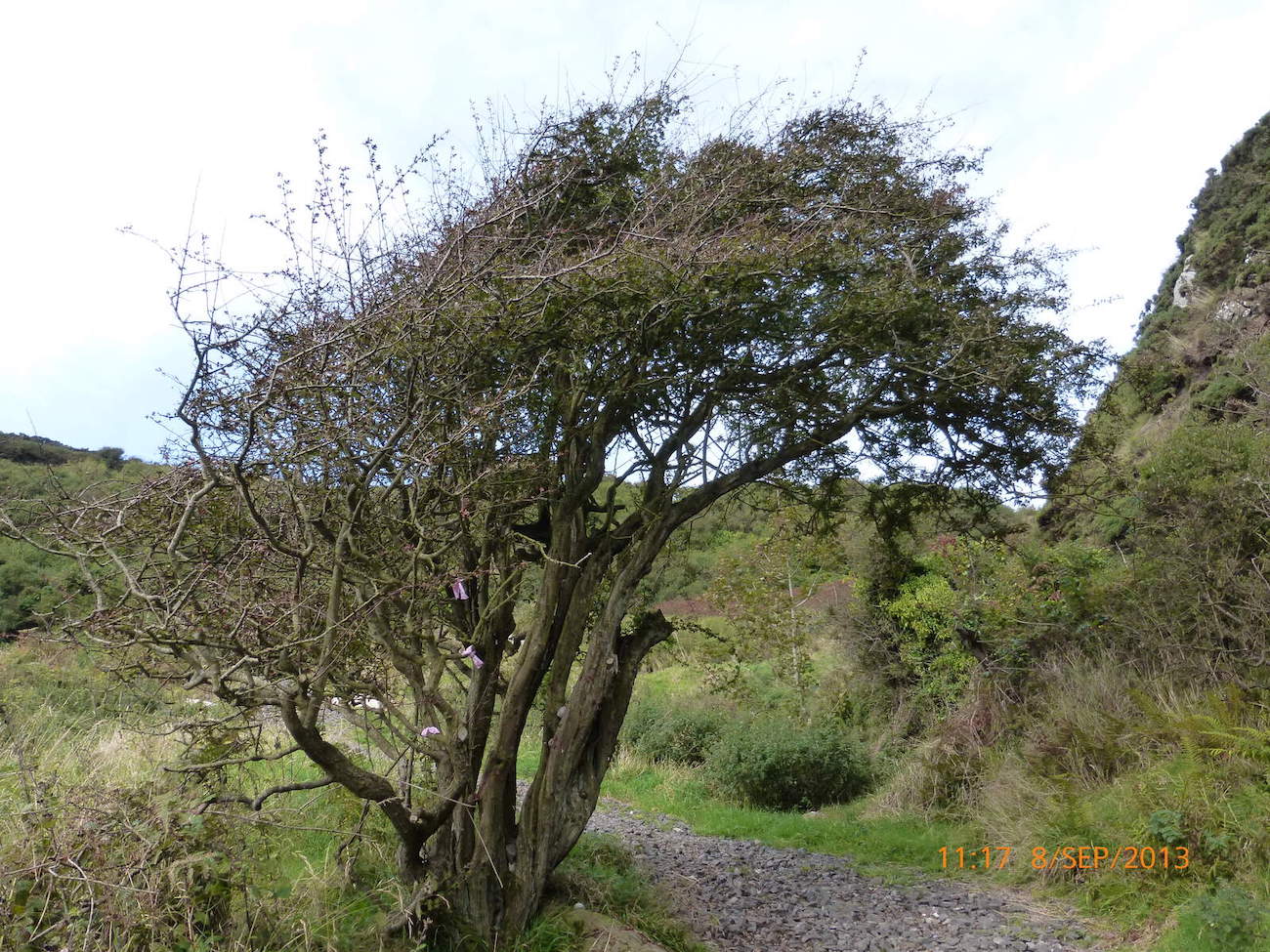
A fairy tree at Gobbins, County Antrim.
He wrote a letter to The Irish Times, which was picked up by The New York Times in an article headlined: If You Believe in Fairies, Don’t Bulldoze Their Lair.
The tree wasn’t touched.
In 2007 construction began on the M3 motorway through the historic Tara-Skyrne valley. Despite many protests due to the archaeological significance of the area, the work went ahead but an anti-motorway activist later attributed a litany of terrible occurrences to a curse that had been unleashed due to the interference with fairy forts. These terrible incidents included the death of a worker, a serious injury to the chief health and safety officer from a falling tree, the Minister for Environment being held up in a hotel by an armed gang, and Ireland’s economic recession.
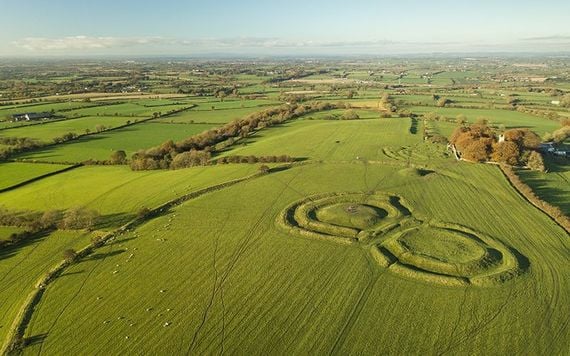
An aerial view of the Hill of Tara.
As recently as 2017, politician Danny Healy Rae questioned whether a persistent dip that kept reoccurring in the Cork-Killarney road (despite extensive maintenance and repair by the council) was due to “fairies at work” as there are ring forts in the area. The media was skeptical, but Mr. Healy Rae stood his ground, arguing that tradition told him they weren’t to be touched.
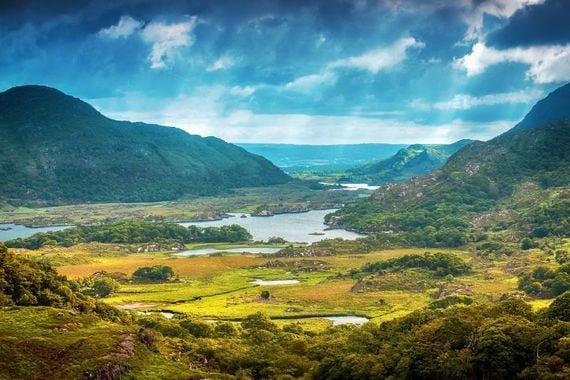
Killarney National Park, County Kerry.
There’s no doubt the Irish public takes the potential menace of fairies seriously but what do the experts think? How do they explain our attitude to “the little people”?
Críostóir Mac Cárthaigh, Director of the National Folklore Collection, at University College Dublin notes the Ireland of the past was a different world and was quite literally a darker place.
“In every culture, you have supernatural beings, and those supernatural beings are generally associated with marginal places - places that are isolated,” says Críostóir. “All of this evolved in an era where there was no street lighting, no electrification, and people were depending on candles and lamps to light their way.”
So essentially, fairy belief may involve an element of “things that go bump in the night”.

Love Irish history? Share your favorite stories with other history buffs in the IrishCentral History Facebook group.
The Irish Folklore Commission has recorded thousands of stories from all over Ireland about incidents and experiences involving fairies.
Críostóir is keen to stress that it’s not for him to make a judgment as to whether something is likely to have happened but he makes an interesting point around one of the biggest fairy superstitions – the changeling.
“There is an idea in Ireland… around children being abducted by the fairies and a changeling put in their place. The changeling would be an old fairy dressed up to look like that child… this fear could have been tied up with the idea of a very small child suffering from TB, or some other wasting disease and not thriving - not developing normally as a child. People would ask themselves why is this, and one of the popular explanations was ‘oh he or she is a changeling.’”
Before they became a source of intrigue, ring forts served a practical purpose – that of protection and defense, with farmers bringing their animals into the fort at night for safekeeping. Ring forts went out of fashion by the 17th century, when cattle raiding was less common and there were fewer wolves (the last wolf in Ireland was killed in 1786). At this stage, the families with whom the ring forts were associated built a house nearby instead, and it was now the abandoned ring fort that gradually became perceived as the preeminent sign of the otherworld.
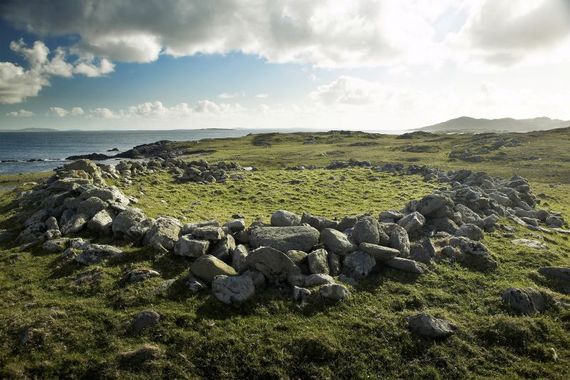
A ring fort on Cahir Island, off County Mayo.
“One of the factors which has encouraged people to associate ring forts with the fairies is that in quite a number of ring forts, you have what are called souterrain passages which are underground passages that were probably used for storage purposes and for hiding valuables,” explains Críostóir.
“There was a disguised entrance to these passages and it’s given rise to ideas that fairy forts are linked, that you can walk underground from one to the other.”
These days everyone has scientific information and explanations for strange occurrences at their fingertips thanks to smartphones, but Críostóir says this doesn’t necessarily do away with the mystery. And in a country where a fear of fairies still impacts on our physical landscape in the actions of farmers and road engineers and the words of politicians, it’s fair(-y!) to say “the little people” are allowed to play a role in the modern Ireland of today.
Críostóir summarises his own beliefs on the matter at the end of the interview; “don’t go against convention it’s not good - respect the land, respect history.”
* Originally published in the July / August 2019 issue of Ireland of the Welcomes magazine, updated on IrishCentral in Sept 2024.
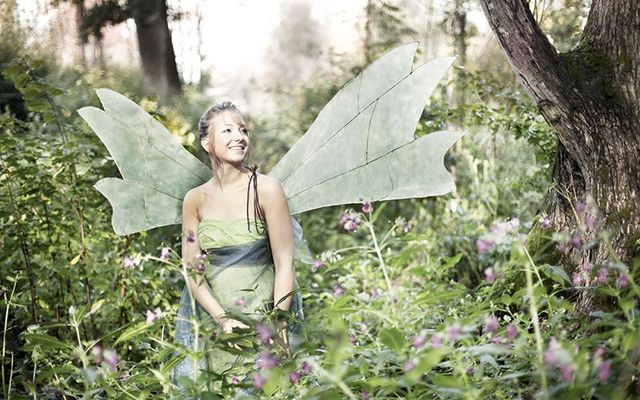



Comments